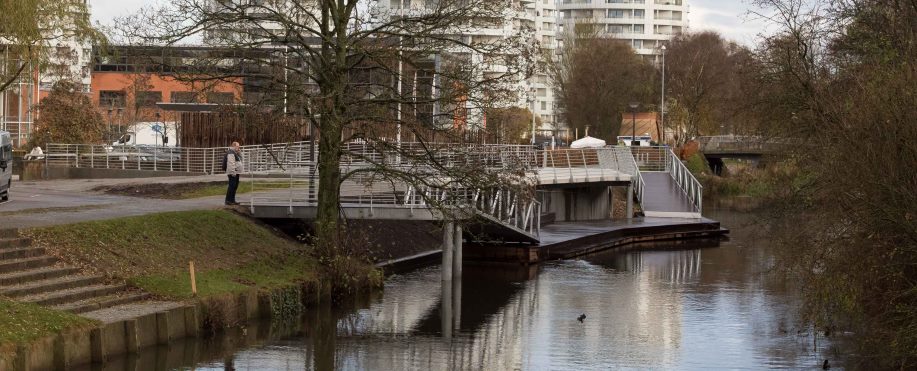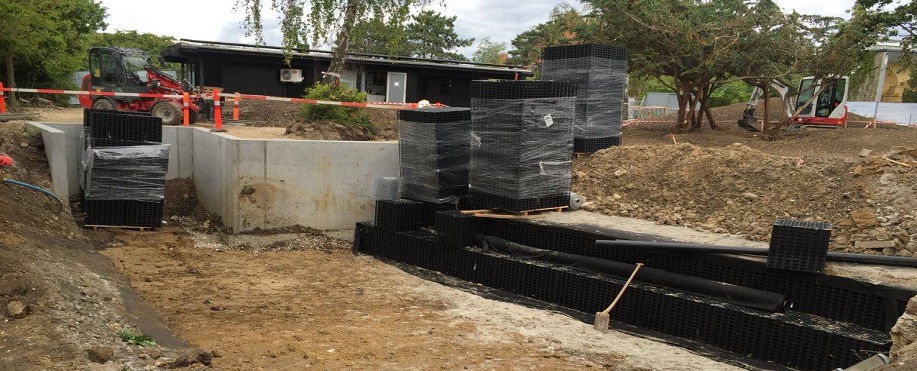
| Newsletter | 17-10-2018 |
|
|
|
|
| Klimatilpasning.dk - Newsletter #17 |
|
PLASK PLASK (SPLASH) is a free, excel-based tool that the Danish EPA is making available to everyone who may benefit from calculating the socio-economic benefits of climate-change adaptation solutions. The tool is targeted at utility companies and municipalities that develop solutions together. These solutions are often cheaper and result in more benefits than traditional, pipe-based projects. the tool makes it possible to compare up to three different climate-change solutions designed to address the same flood risk. The solutions are compared on three parameters: 1) socio-economic benefit – does it pay to adapt to climate change, 2) costs allocation – who should pay and finally 3) what added value does the project provide? Read More.
New nature-based solutions prevent cities from flooding The Danish Minister for Environment and Food has granted DKK 34.4 million to fifteen projects in which municipalities will adapt to climate change by making nature-based solutions. The projects will also focus on reducing the amount of nitrogen to the aquatic environment and recreational solutions. The projects were granted in December 2016 and 2017. The project Stork Field mentioned below is one of the 15 projects. Read more about the first nine projects. Read more about all 15 projects (in Danish).
Changes to the Danish Planning Act In February 2018 changes to the Danish Planning Act came into force. Every municipality is obliged to include mapping of flood prone areas into the municipal plan. When building in flood prone areas the municipality can enforce rules on preventive measures. Read more about the Danish spatial planning system.
New cases Three new cases focus on a new, absorbent road surfacing designed to absorb large amounts of water at Frederiksberg, a municipality surrounded by the City of Copenhagen, a case focusing on water retention in Copenhagen Zoo and finally a case from Vejle in Jutland, where Downtown Vejle has experienced repeated flooding due to its location.
Further cases can be seen at the website State-of-Green, which is the entry point for relevant information on green solutions in Denmark, as e.g. the Project Stork Field, Randers, Sønæs, Viborg, Kokkedal – the blue-green garden city and Enghaveparken in Copenhagen. |
|
|
|
|

|
|
||||

|
|
|
|
|
|

|

|
|
|
|
|
Task Force for Climate Change Adaptation
Environmental Protection Agency
Ministry of Environment and Food of Denmark
Haraldsgade 53,
2100 Copenhagen
Phone: +45 72 54 30 00